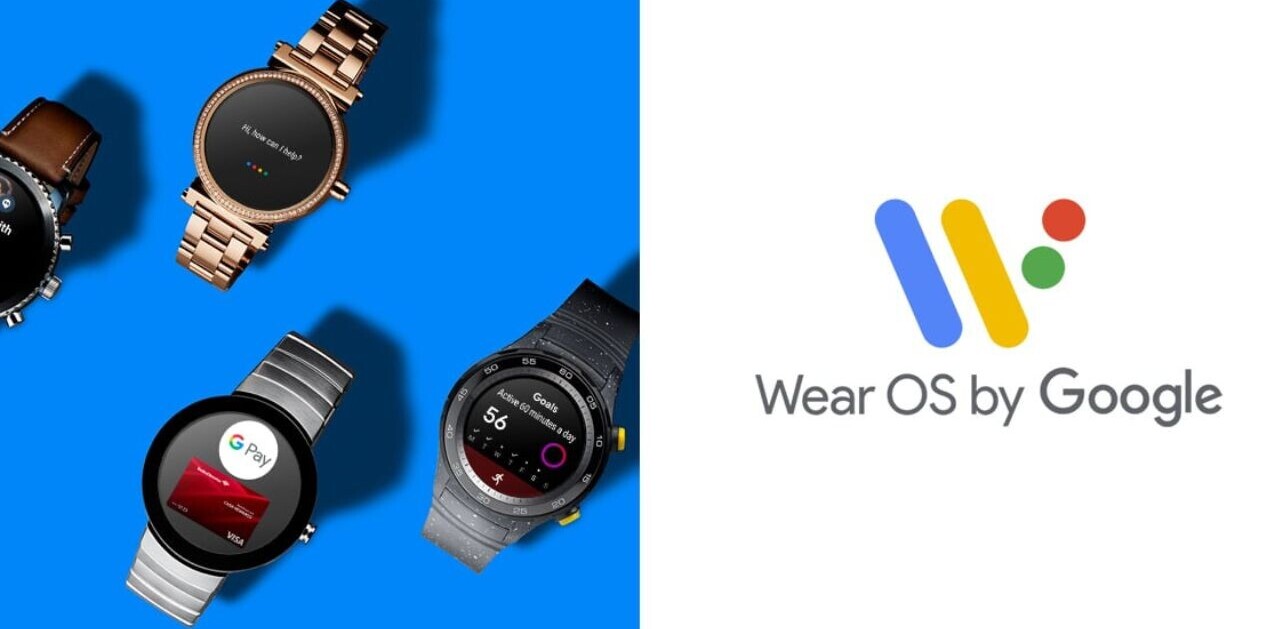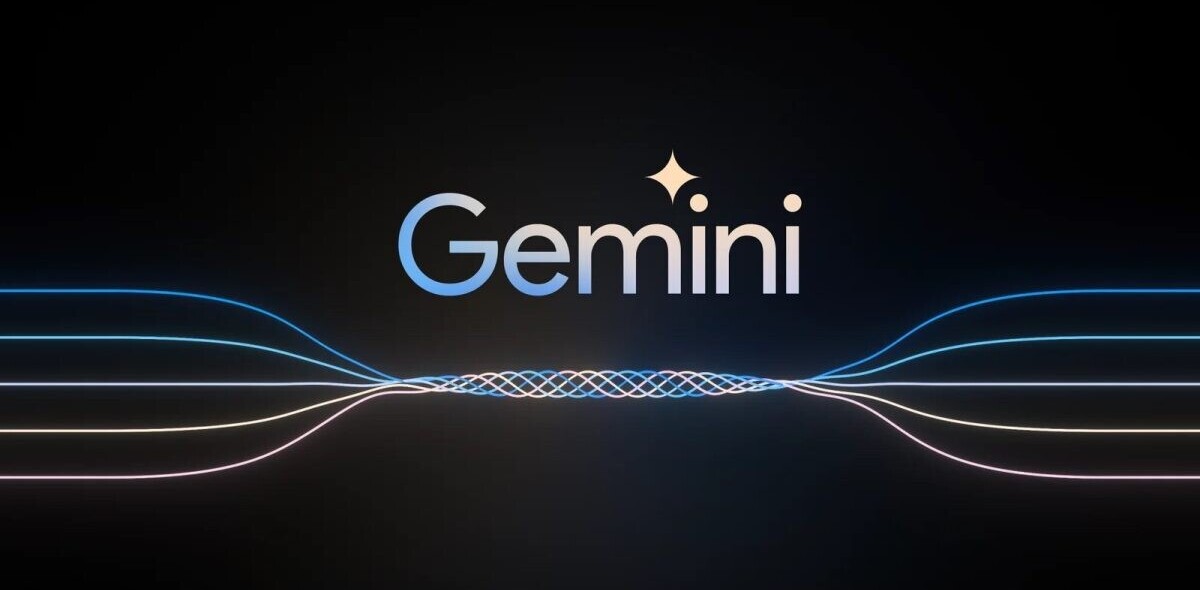
This week, the US patent office issued 5,426 patents.
Each patent adds a little something new to the human knowledge base. As we cannot list all six thousand, the PatentYogi team has selected the five most interesting patents.
[conf-ad-unit]
Google invents a skin-implantable diagnostic device

A recent patent application filed by Google has revealed a skin-implantable diagnostic system that monitors physiological parameters of the person by analyzing blood, sweat, or interstitial fluid through a sensor implanted under a person’s skin. Further, the skin-implantable diagnostic system includes an antenna for sending and receiving wireless signals from the sensor implanted inside the person’s skin to a reader device.
Additionally, the reader controls the operation of the skin-implantable diagnostic system by controlling the supply of power to the sensor. The reader stores a series of measurements of various blood parameters over time without continuously powering the sensor.
About one year ago, Google X demonstrated a prototype for a health-focused smartwatch designed for medical research. The skin implantable sensor disclosed in the patent application may work with Google X’s smartwatch.
US Navy may replace combat mission RF communication with optical communication

However, the RF communication can be used by the enemy to track the soldiers and also to examine the data transfers. Further, the RF spectrum is limited so the communication may be disrupted. Also, RF communication can be harmful to the soldiers.
So now the US Navy may replace RF communication with optical communication in some combat missions.
A recent patent filed by US Navy discloses a laser driven optical communication system. Soldiers will wear a lightweight headset that includes an optical transceiver, which includes two or more laser driven receivers and two or more non-visible light emitting diodes (LEDs).
The LEDs convert audio signals from a soldier, encode the signals and then transmit the signals using the laser light. The laser driven receivers receive the optical signal, then decode the optical signal to produce a decoded signal, and finally convert the decoded signal to an audio signal, e.g., a beep/alarm, voice message, etc. The receivers may also send the decoded data to a user interface such as a smartphone.
Further, biometric verification may be included in the optical communication system as biometric verification can be changed on a day-to-day basis and a recorded voice cannot be used to deceive an operator seeking to verify identity.
Google invents interactive textiles

This has limited the use touch sensors to electronic devices like smartphones, tablets and computers. Google’s Advanced Technology and Projects group (ATAP) is developing technology to break through this limitation and make touch inputs ubiquitous. The project is called the Project Jacquard.
Accordingly, Google has invented interactive textiles that can process the touch-input to generate touch data that is useable to initiate functionality at various remote devices that are wirelessly coupled to the interactive textile. For example, the interactive textile will aid users in controlling volume on a stereo, pausing a movie playing on a television, or selecting a webpage on a desktop computer.
Thanks to the flexibility of textiles, the interactive textile can be easily integrated within flexible objects, such as clothing, handbags, fabric casings, and hats.
According to a recent patent application, these interactive textiles include a top textile layer and a bottom textile layer. Conductive threads are woven into the top textile layer and the bottom textile layer. When the top textile layer is combined with the bottom textile layer, the conductive threads from each layer form a capacitive touch sensor that is configured to detect touch-input. The bottom textile layer is not visible and couples the capacitive touch sensor to electronic components, such as a controller, a wireless interface and an output device (e.g., an LED, a display, or speaker).
The crucial technology that makes these textiles work is the conductive thread, which includes a conductive core that includes at least one conductive wire and a cover layer constructed from flexible threads that covers the conductive core.
Further, a gesture manager enables the user to create gestures and assign the gestures to various functionalities of the computing device.
US Army develops an unexpected multivalent malarial vaccine

Even now, over 200 million annual cases of malaria are reported worldwide each year, resulting in over 600,000 deaths.
Efforts have been made to develop effective controls against the mosquito vector through the use of pesticides, but these have led to the development of pesticide-resistant mosquitoes. Similarly, the use of antiparasitic drugs has led to drug-resistance parasites. As the pesticidal and parasiticidal approaches have failed, focus has moved to vaccine development as an alternative. However, the complex parasitic life cycle has confounded efforts to develop efficacious vaccines, and consequently the FDA has not approved any malaria vaccine.
The US Army seems to have opened a front against Malaria.
A recent patent application discloses that the US Army has succeeded in developing an unexpected multivalent malarial vaccine that overcomes the failure and deficiencies of prior malarial vaccine strategies.
The patent discloses methods of stimulating, inducing, promoting, increasing, or enhancing an immune response against malaria in a subject. Such immune response methods provide a subject with protection against malaria infection.
The treatment of an infection can be initiated at any time during the infection. A single or multiple doses may be given to achieve a reduction in the onset, progression, severity, frequency, duration of one or more symptoms or complications associated with or caused by malaria infection. Thus, the treatment method can be practiced one or more times in an hour, day, week, month, or year.
Google improves the 3DTV image quality considerably

Now, Google is planning to provide 3D capability in its TV offering. Depth perception for three-dimensional television (3DTV) is provided by having two views, one for the left eye and another for the right eye, for a user. Traditionally, these two views are created when recording the video. However, the depth information, may also be artificially generated from an analysis of high-definition two-dimensional images to create left eye and right eye views.
Google plans to generate the depth information in the TV itself.
Traditionally, one of the problems associated with viewing 2D-to-3D generated video is that the video seems dim because the glasses used to view 3DTV images block some of the light to a viewer’s eyes. Further, different viewers have different sensitivities to depth perception.
The technology may help Google gain a strong footing in the TV business.
Get the TNW newsletter
Get the most important tech news in your inbox each week.





